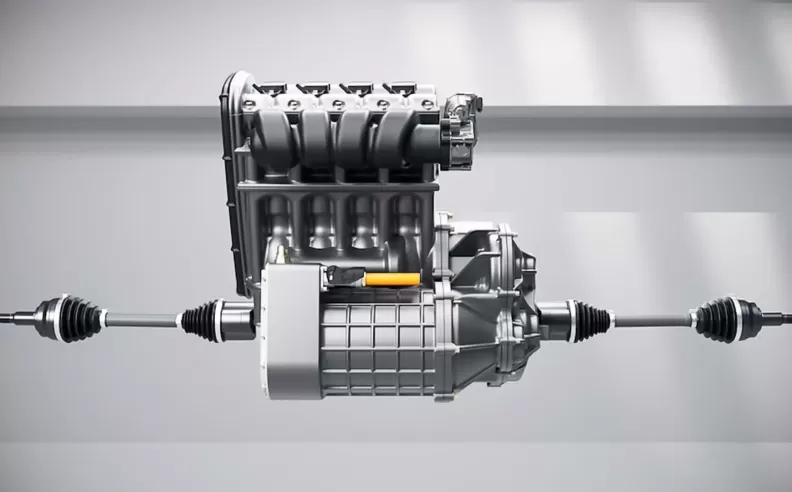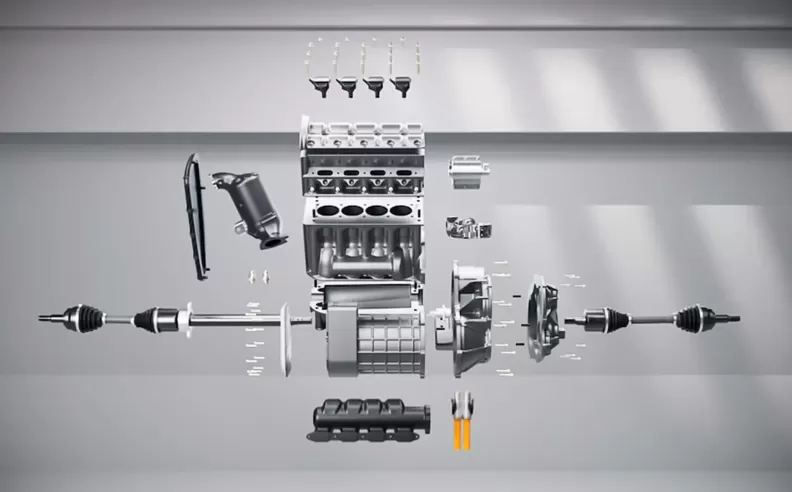
As electric vehicle sales grow in key markets like the US and China, many automakers are hitting pause on full electrification strategies. The reason? Massive investments in electric-only platforms are colliding with slower-than-expected demand and rising costs. Instead of abandoning EVs or building entirely new models, Renault and its joint venture Horse Powertrain have introduced a clever fix: a compact hybrid system designed to slot into existing electric vehicles with minimal modification.
Unveiled ahead of the Shanghai Auto Show, the system blends a combustion engine, an electric motor, and a transmission, all mounted transversely and connected directly to the subframe. It’s compatible with a wide range of fuels, gasoline, ethanol, methanol, or even synthetic alternatives, and includes the full stack of electronics: inverters, voltage converters, and onboard charging.

What makes this innovation stand out is its real-world impact. Instead of requiring a complete vehicle redesign, Horse Powertrain’s system can be installed with only minor structural changes. This allows electric and hybrid cars to be assembled on the same production lines, helping manufacturers reduce complexity and cost. It also gives automakers the chance to expand their offerings in markets where hybrids may still be more practical than full EVs.
While models like the Hyundai Ioniq 5 or Porsche Taycan are technically compatible, the real opportunity lies with smaller brands. For these automakers, Horse’s plug and play hybrid drivetrain offers a shortcut to market without draining resources. CEO Mattia Giannini explains that this approach supports a future where markets pursue different paths to sustainability, not just full electrification. With this flexible setup, Renault and Horse are not just preserving EV investments, they are redefining how adaptable those platforms can be.

Started my career in Automotive Journalism in 2015. Even though I'm a pharmacist, hanging around cars all the time has created a passion for the automotive industry since day 1.
